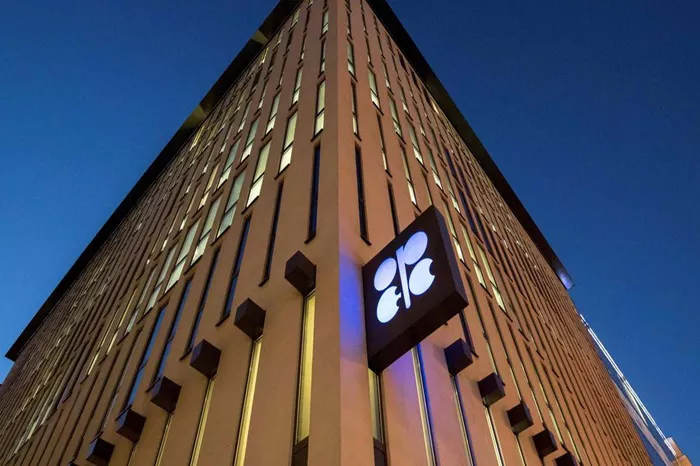Oil production within the Organization of the Petroleum Exporting Countries (OPEC) experienced a notable uptick in May.The survey, which draws on shipping data and insights from industry sources, revealed that OPEC members collectively pumped out 26.63 million barrels per day (bpd) last month. This figure reflects an increase of 145,000 bpd compared to April’s output.
The rise in production can be attributed primarily to heightened exports from Nigeria and Iraq, despite ongoing efforts by certain members to implement voluntary supply cuts in alignment with the broader OPEC+ alliance. Iraq, the second-largest producer within OPEC, alongside fellow OPEC+ participant Kazakhstan, has committed to offsetting earlier over-production by implementing further cutbacks throughout the remainder of 2024.
In response to economic uncertainties and increased supply from non-member entities, several OPEC+ members initiated new production cuts in January. These measures were intended to stabilize global oil markets. On Sunday, producers opted to maintain these cuts throughout the third quarter, having previously extended them until June.
The survey noted that both Iraq and Nigeria ramped up their output by 50,000 bpd each, while smaller increases were observed in Saudi Arabia and the United Arab Emirates. Conversely, Algeria experienced a reduction in output due to oilfield maintenance activities.
Analysis of the survey data revealed that OPEC collectively exceeded the implied target for nine member countries covered by supply cut agreements by approximately 250,000 bpd, with Iraq contributing significantly to this surplus.
Furthermore, among OPEC members not obligated to curtail their output, Iran and Venezuela recorded slight increases in production. Iran, in particular, has been operating near a five-year production high, achieved in November, despite enduring U.S. sanctions.
These developments underscore the complex dynamics at play within the global oil market, as OPEC and its allies navigate various geopolitical and economic factors influencing production levels and supply agreements.
Related topics:
OPEC Faces Mounting Challenges Amid Shifting Oil Market Dynamics
Opec+ Production Cuts And Gaza Ceasefire Speculation Push Oil Prices Up
Oil Prices Rise As Opec+ Keeps Cuts, But Demand Is Still A Worry

